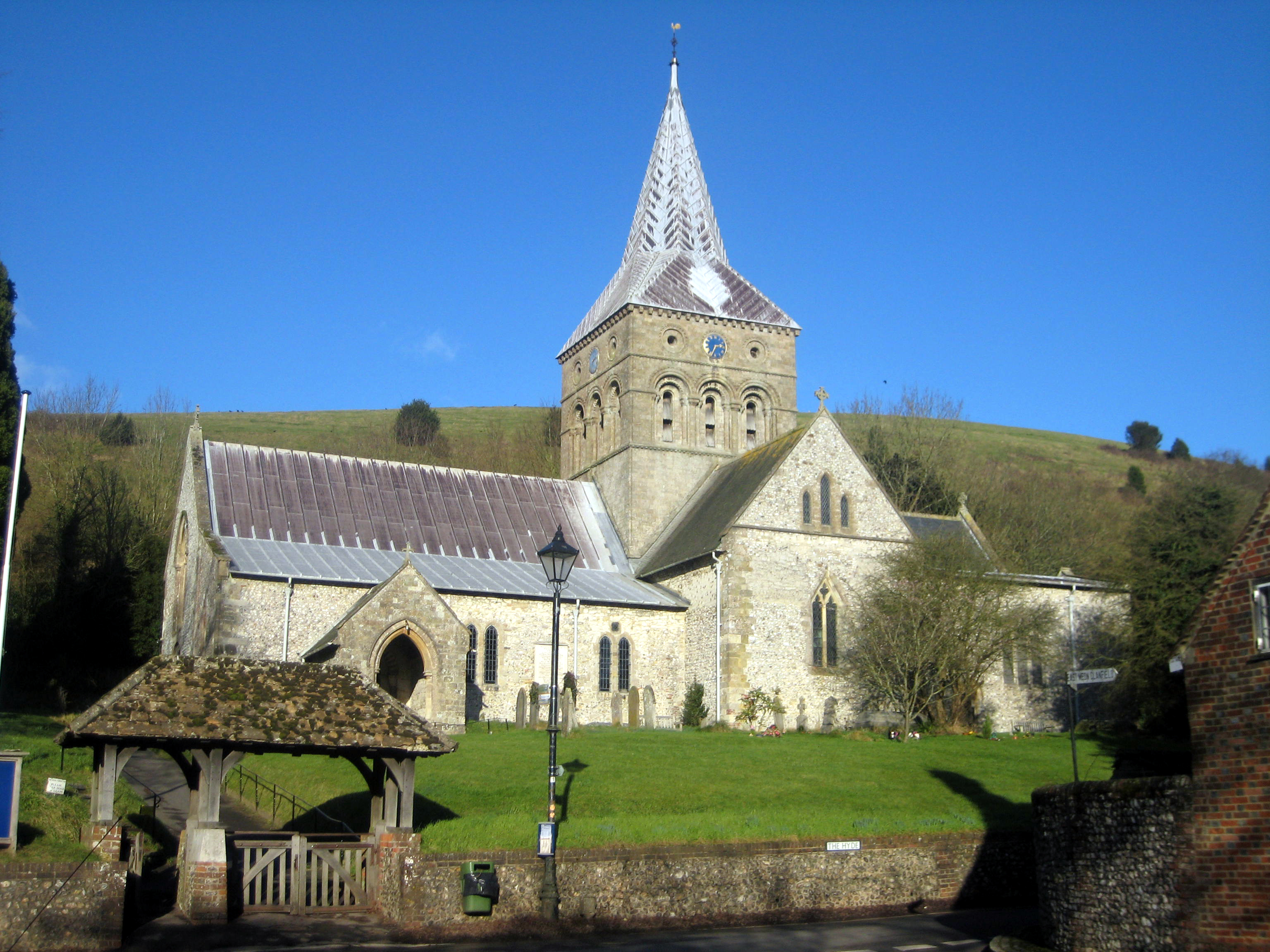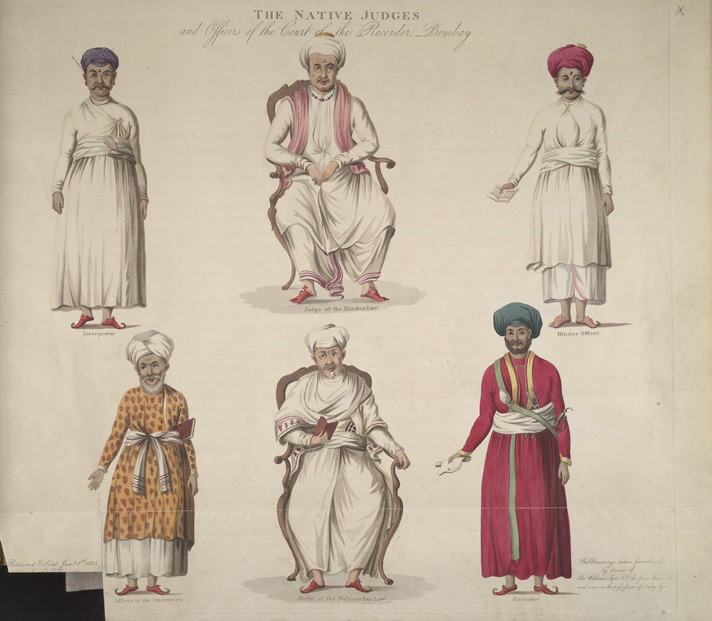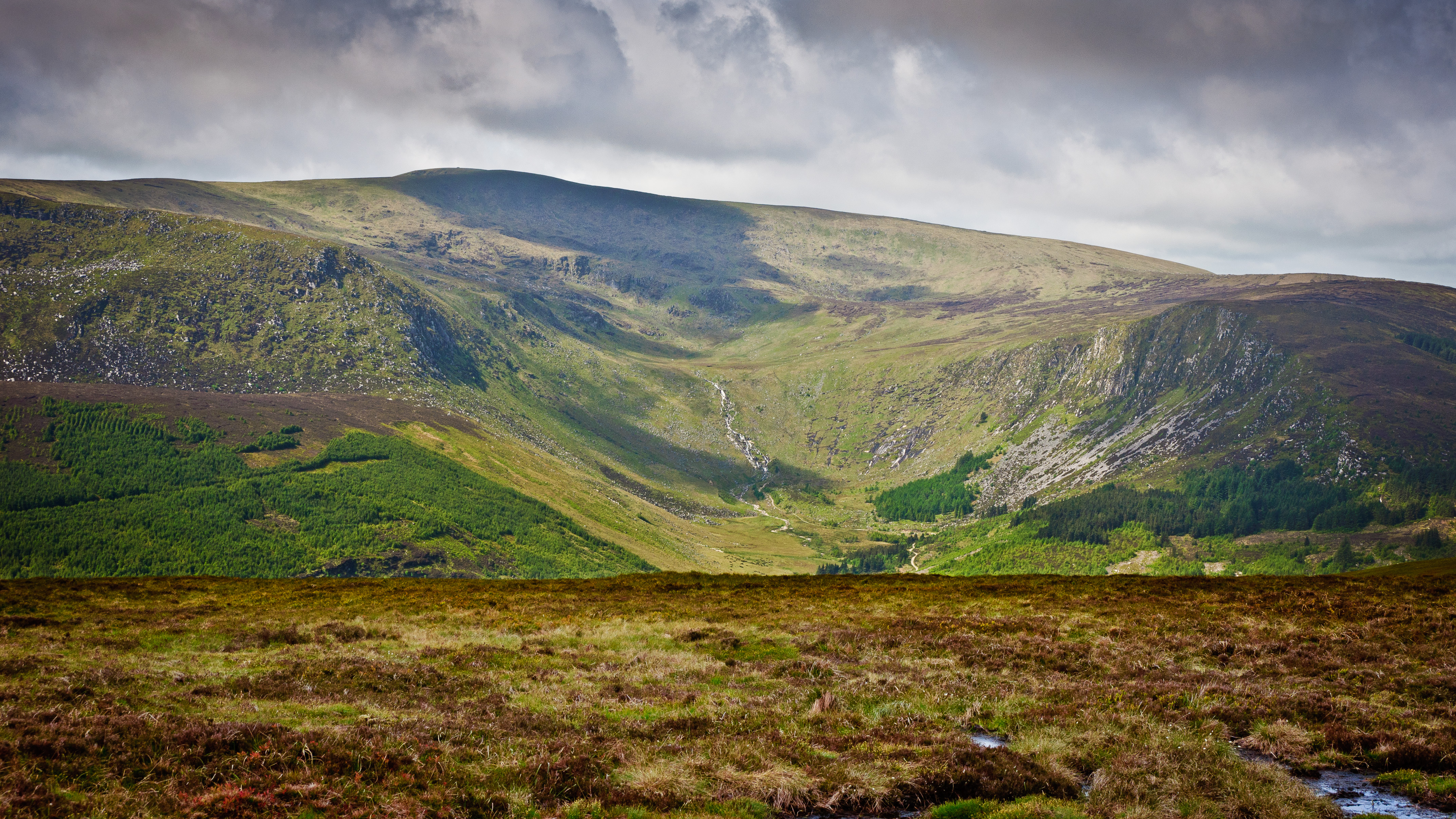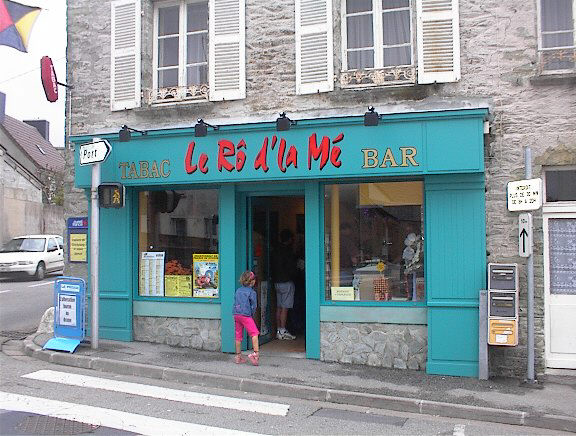|
William De Meones
William de Meones (died 1325) was an English-born cleric and judge in fourteenth-century Ireland, who was the second Chief Baron of the Irish Exchequer. Today he is chiefly remembered for giving his name to the Dublin suburb of Rathmines. Career He derived his name from his birthplace, the village of East Meon in Hampshire.Ball, F. Elrington ''The Judges in Ireland 1221-1921'' John Murray London 1926 Vol.1 p.58 He is first heard of in Ireland in about 1279 as a clerk in the entourage of John de Derlington, who was Archbishop of Dublin 1279-1284, but never took up office, as he died in March 1284 on the journey to Ireland. Clearly, William was a highly trusted official, since he was executor of the Archbishop's will.Ball, F. Elrington ''History of Dublin'' Alexander Thom and Co. 1903 Vol.2 p.100 In his capacity as executor he defended a lawsuit brought against the Archbishop's estate by Thomas de Chaddesworth, Dean of St. Patrick's Cathedral, claiming sixty pounds compensation for ... [...More Info...] [...Related Items...] OR: [Wikipedia] [Google] [Baidu] |
Judge
A judge is a person who presides over court proceedings, either alone or as a part of a panel of judges. A judge hears all the witnesses and any other evidence presented by the barristers or solicitors of the case, assesses the credibility and arguments of the parties, and then issues a ruling in the case based on their interpretation of the law and their own personal judgment. A judge is expected to conduct the trial impartially and, typically, in an open court. The powers, functions, method of appointment, discipline, and training of judges vary widely across different jurisdictions. In some jurisdictions, the judge's powers may be shared with a jury. In inquisitorial systems of criminal investigation, a judge might also be an examining magistrate. The presiding judge ensures that all court proceedings are lawful and orderly. Powers and functions The ultimate task of a judge is to settle a legal dispute in a final and publicly lawful manner in agreement with substantial p ... [...More Info...] [...Related Items...] OR: [Wikipedia] [Google] [Baidu] |
Wicklow Mountains
The Wicklow Mountains (, archaic: ''Cualu'') form the largest continuous upland area in the Republic of Ireland. They occupy the whole centre of County Wicklow and stretch outside its borders into the counties of Dublin, Wexford and Carlow. Where the mountains extend into County Dublin, they are known locally as the Dublin Mountains (''Sléibhte Bhaile Átha Cliath''). The highest peak is Lugnaquilla at . The mountains are primarily composed of granite surrounded by an envelope of mica-schist and much older rocks such as quartzite. They were pushed up during the Caledonian orogeny at the start of the Devonian period and form part of the Leinster Chain, the largest continuous area of granite in Ireland and Britain. The mountains owe much of their present topography to the effects of the last ice age, which deepened the valleys and created corrie and ribbon lakes. Copper and lead have been the main metals mined in the mountains and a brief gold rush occurred in the 18th century ... [...More Info...] [...Related Items...] OR: [Wikipedia] [Google] [Baidu] |
De Meones Family
The De Meones, or de Moenes family were an Anglo-Irish family who originated at East Meon in Hampshire. They moved to Ireland in the late thirteenth century, became substantial landowners in Dublin and Meath, and gave their name to the suburb of Rathmines. Foundations The family originally came from the village of East Meon in Hampshire. William de Meones, the first family member of note to live in Ireland, came from England in 1279–80 as a clerk in the entourage of John de Derlington, Archbishop of Dublin.Ball, F. Elrington ''The Judges in Ireland 1221–1921'' John Murray London 1926 Vol.1 pp.58, 88 He acted as the Archbishop's executor following his death in 1284, and in that capacity he defended a lawsuit brought by Thomas de Chaddesworth, Dean of St Patrick's Cathedral, for expenses allegedly due to him.Monck, William Mason "''The History and Antiquities of the Collegiate and Cathedral Church of St Patrick near Dublin"'' Dublin 1820 p.113 He became Chief Baron of the Ir ... [...More Info...] [...Related Items...] OR: [Wikipedia] [Google] [Baidu] |
Heir
Inheritance is the practice of receiving private property, titles, debts, entitlements, privileges, rights, and obligations upon the death of an individual. The rules of inheritance differ among societies and have changed over time. Officially bequeathing private property and/or debts can be performed by a testator via will, as attested by a notary or by other lawful means. Terminology In law, an ''heir'' is a person who is entitled to receive a share of the deceased's (the person who died) property, subject to the rules of inheritance in the jurisdiction of which the deceased was a citizen or where the deceased (decedent) died or owned property at the time of death. The inheritance may be either under the terms of a will or by intestate laws if the deceased had no will. However, the will must comply with the laws of the jurisdiction at the time it was created or it will be declared invalid (for example, some states do not recognise handwritten wills as valid, or only in s ... [...More Info...] [...Related Items...] OR: [Wikipedia] [Google] [Baidu] |
Norman-French
Norman or Norman French (, french: Normand, Guernésiais: , Jèrriais: ) is a Romance language which can be classified as one of the Langues d'oïl, Oïl languages along with French language, French, Picard language, Picard and Walloon language, Walloon. The name "Norman French" is sometimes used to describe not only the Norman language, but also the administrative languages of ''Anglo-Norman language, Anglo-Norman'' and ''Law French'' used in England. For the most part, the written forms of Norman and modern French are mutually intelligible. This intelligibility was largely caused by the Norman language's planned adaptation to French orthography (writing). History When Norsemen, Norse Vikings from modern day Scandinavia arrived in Neustria, in the western part of the then Kingdom of the Franks, and settled the land that became known as Normandy, these North Germanic languages, North-Germanic–speaking people came to live among a local Gallo-Romance languages, Gallo-Romance� ... [...More Info...] [...Related Items...] OR: [Wikipedia] [Google] [Baidu] |
Irish Gaelic
Irish (Standard Irish: ), also known as Gaelic, is a Goidelic language of the Insular Celtic branch of the Celtic language family, which is a part of the Indo-European language family. Irish is indigenous to the island of Ireland and was the population's first language until the 19th century, when English gradually became dominant, particularly in the last decades of the century. Irish is still spoken as a first language in a small number of areas of certain counties such as Cork, Donegal, Galway, and Kerry, as well as smaller areas of counties Mayo, Meath, and Waterford. It is also spoken by a larger group of habitual but non-traditional speakers, mostly in urban areas where the majority are second-language speakers. Daily users in Ireland outside the education system number around 73,000 (1.5%), and the total number of persons (aged 3 and over) who claimed they could speak Irish in April 2016 was 1,761,420, representing 39.8% of respondents. For most of recorded Irish his ... [...More Info...] [...Related Items...] OR: [Wikipedia] [Google] [Baidu] |
Ringfort
Ringforts, ring forts or ring fortresses are circular fortified settlements that were mostly built during the Bronze Age up to about the year 1000. They are found in Northern Europe, especially in Ireland. There are also many in South Wales and in Cornwall, where they are called rounds. Ringforts come in many sizes and may be made of stone or earth. Earthen ringforts would have been marked by a circular rampart (a bank and ditch), often with a stakewall. Both stone and earthen ringforts would generally have had at least one building inside. Distribution Ireland In Irish language sources they are known by a number of names: ' (anglicised ''rath'', also Welsh ''rath''), ' (anglicised ''lis''; cognate with Cornish '), ' (anglicised ''cashel''), ' (anglicised ''caher'' or ''cahir''; cognate with Welsh ', Cornish and Breton ') and ' (anglicised ''dun'' or ''doon''; cognate with Welsh and Cornish ').Edwards, Nancy. ''The Archaeology of Early Medieval Ireland''. Routledge, 20 ... [...More Info...] [...Related Items...] OR: [Wikipedia] [Google] [Baidu] |
County Wicklow
County Wicklow ( ; ga, Contae Chill Mhantáin ) is a county in Ireland. The last of the traditional 32 counties, having been formed as late as 1606, it is part of the Eastern and Midland Region and the province of Leinster. It is bordered by the Irish Sea to the east and the counties of Wexford to the south, Carlow to the southwest, Kildare to the west, and South Dublin and Dún Laoghaire–Rathdown to the north. Wicklow is named after its county town of Wicklow, which derives from the name (Old Norse for "Vikings' Meadow"). Wicklow County Council is the local authority for the county, which had a population of 155,258 at the 2022 census. Colloquially known as the "Garden of Ireland" for its scenerywhich includes extensive woodlands, nature trails, beaches, and ancient ruins while allowing for a multitude of walking, hiking, and climbing optionsit is the 17th largest of Ireland's 32 counties by area and the 15th largest by population. It is also the fourth largest of Lein ... [...More Info...] [...Related Items...] OR: [Wikipedia] [Google] [Baidu] |
Walter De Islip
Walter de Islip, or de Istlep (died after 1342) was an English-born cleric, statesman, and judge in fourteenth-century Ireland. He was the first Chief Baron of the Irish Exchequer; he also held the offices of Treasurer of Ireland, Chief Escheator, and Custos Rotulorum of Kilkenny. He was a noted pluralist, who held numerous clerical benefices. His career was damaged by accusations of corruption and maladministration. He played an important role in the celebrated Kilkenny Witchcraft Trials of 1324. Personal life Walter was born at Islip, Oxfordshire. He was a cousin of Simon Islip, Archbishop of Canterbury,Ball, F. Elrington ''The Judges in Ireland 1221-1921'' John Murray London 1926 Vol.i pp.28, 61 and no doubt his career benefited as a result, though he was some years older than Simon. His father is said to have been a cleric, thus his birth was illegitimate. The most influential patron in his early years was Richard de Ferings, Archbishop of Dublin 1229-1306; he probably arrived ... [...More Info...] [...Related Items...] OR: [Wikipedia] [Google] [Baidu] |
Official Receiver
An officer of the Insolvency Service of the United Kingdom, an official receiver (OR) is an officer of the court to which they are attached. The OR is answerable to the courts for carrying out the courts' orders and for fulfilling their duties under law. They also act on directions, instructions and guidance from the service's Inspector General or, less often, from the Secretary of State for Business, Energy and Industrial Strategy. Responsibilities An OR has the following responsibilities: * acting as interim receivership, receiver or provisional liquidator: At any time after a petition for an insolvency order under s122 of the Insolvency Act 1986 has been presented, the court may appoint the OR as interim receiver (for an individual) or as provisional liquidator (for a company). This is to protect a debtor's property, or take control of a company' affairs, pending the outcome of the hearing of the petition; * acting as receiver, trustee or liquidator: The OR becomes receiver ... [...More Info...] [...Related Items...] OR: [Wikipedia] [Google] [Baidu] |
David De Offington
Sir David de Offington (died c.1312) was an English-born Crown official in late thirteenth-century Ireland. He was one of the earliest recorded holders of the office of High Sheriff of County Dublin and the first recorded Baron of the Court of Exchequer (Ireland).Ball p.57 He became a substantial landowner in Leinster. He came to Ireland in about 1273. Seven years later he received a royal pardon for all trespasses committed by him in England. He made repeated journeys back to his home country. In 1294 he received the King's protection for two years for his return journey to Ireland.''Calendar of Patent Rolls Edward I Vol. 3 p.82 31 July 1294'' He first appears in Ireland as custodian of the Irish estates of George de Cantilupe, Lord of Abergavenny, who attained his majority that year, but died a few months later. David was Sheriff of County Dublin (one of the earliest named Sheriffs: Ralph Eure, who was probably the first, was appointed in 1258),''Calendar of Irish Chancery Let ... [...More Info...] [...Related Items...] OR: [Wikipedia] [Google] [Baidu] |







%2C_Co_Roscommon%2C_Ireland.jpg)
